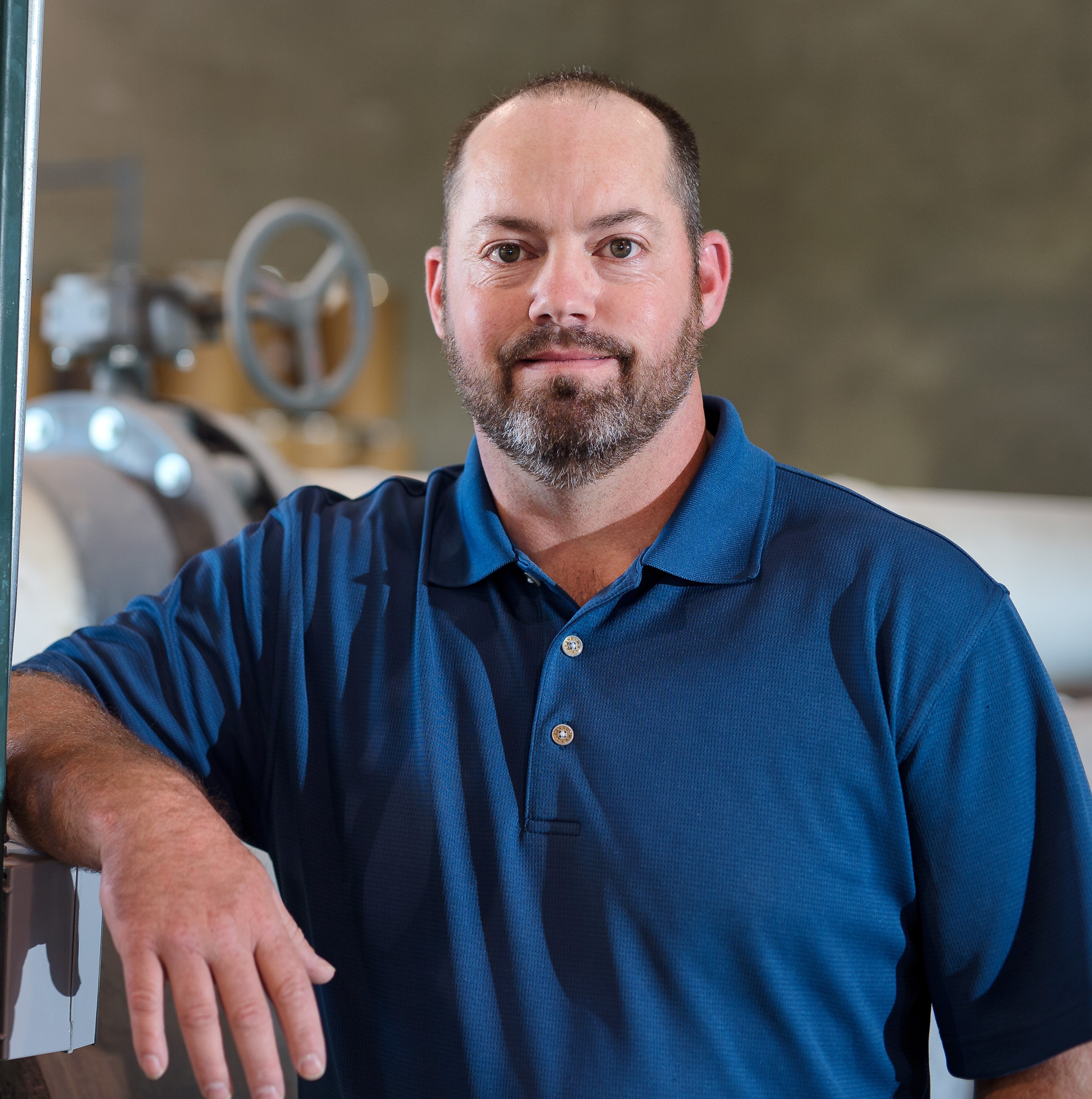Oral
Hydraulics & Waterways
Overcoming Space-limiting Constraints on Deep Tunnel Projects by Utilizing Non-Traditional, On-Tunnel Structures to Achieve Acceptable Hydraulic Performance
Wednesday, May 21, 2025
1:15 PM - 1:30 PM Alaska Daylight Time (AKDT)
Room: Room 5

Tony Loeser, P.E.
Water Resources Engineer
IIHR - Hydroscience and Engineering, Iowa, United States
Troy Lyons
University of Iowa, United States

Edward Cronin
Brown and Caldwell, Inc., United States
Author(s)
Co-Author(s)
Abstract Submission: Communities large and small across the Unites States are using deep tunnel systems to reduce the frequency of combined sewer overflows into local water bodies and/or reduce flooding risks. Beyond using a tunnel, generally one of the few things the projects have in common, is they are all challenged by space constraints for construction of these systems. Engineers must develop unique designs for each community. While design guidelines for baffle-style or vortex drop shafts with traditional deaeration chambers used to convey near surface flows to the deep tunnel system have been developed utilizing physical model testing from projects over the last 40-years or more, these methods can have large footprints. Recent projects completed in major metropolitan areas such as Washington D.C. and Alexandria, Virginia, as well as the ongoing design process for projects in Pittsburgh, Pennsylvania and New York, New York have accentuated the challenge space constraints force into the design. The projects are turning to non-traditional, on-tunnel structures constructed in the footprint of shafts required for the tunnel construction to achieve acceptable hydraulic performance. This presentation will discuss reduced scale physical hydraulic modeling completed to develop designs for a couple of past projects utilizing on-tunnel structures for energy dissipation and deaeration in tunnel construction shafts, as well as lessons learned for future considerations in developing designs based on balancing hydraulic performance, economy, debris/sediment management, and maintenance concerns.
Learning Objectives/Expected Outcome (Optional) :
Learning Objectives/Expected Outcome (Optional) :

